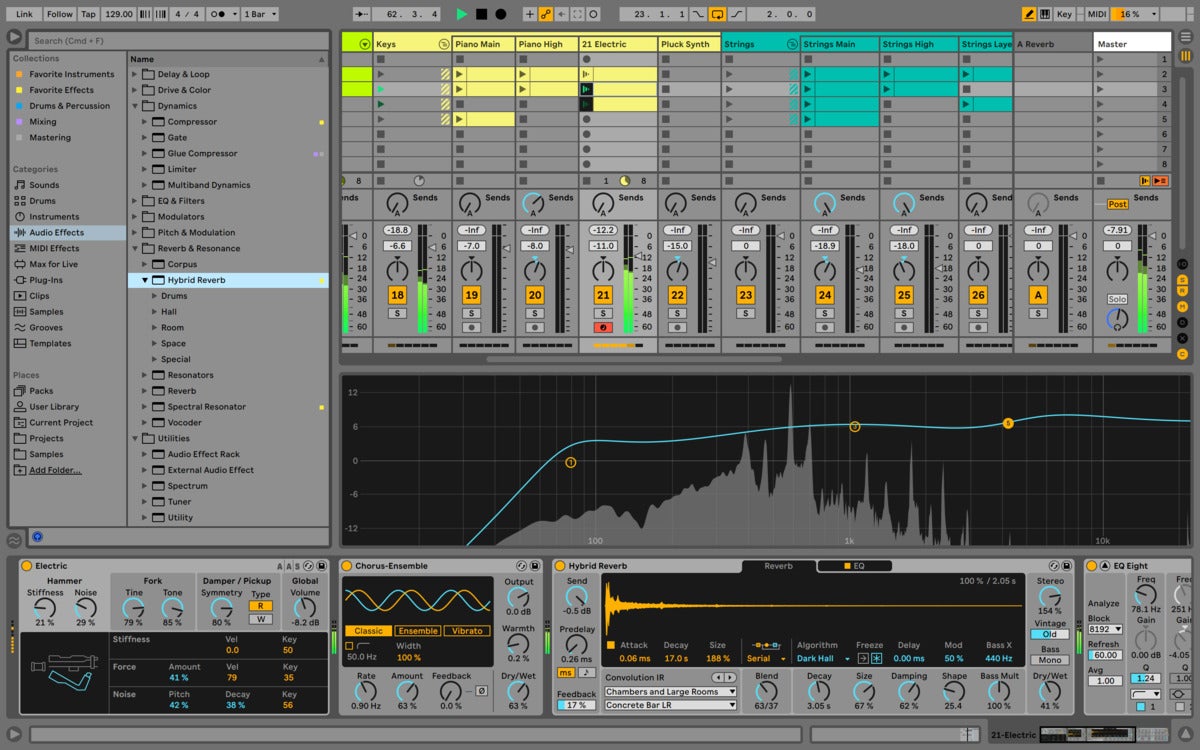

We’ll be demonstrating this process with Ableton’s Simpler plug-in and this percussion hit: Therefore, the simplest sampler would have one sample, which is pitched relative to playback speed. Pitch can be changed by playing the audio file at different speeds. In the simplest terms, a sampler instrument functions by firing off a sample at different pitches. Don’t worry if you don’t have access to these plug-ins all of these functions are common in the average sampler.

We’ll be working in Ableton Live’s Simpler and Sampler plug-ins, as well as the sampler in Native Instrument’s Kontakt. Our main focus today will be these sampler instruments with melodic capabilities.

This can be done with simple audio samples of the instrument, allowing any average producer to create custom instruments.ĭevelopers for high-quality sampled instruments may even use a combination of sample playback and synthesis to recreate these types of instruments. The most involved type of sampler emulates a realistic-sounding instrument. Each pad was able to fire off different percussive or melodic samples, allowing for new possibilities like live remixing and the creation of custom drum kits. Others were used in a looping context, used to record and play audio back in a performance setting.ĭrum machines, which were monumental in the development of hip-hop and electronic music, function as samplers. The first samplers were designed to function similarly to wavetable synthesizers, using a sample of the wavetable as source audio. Given how prevalent hip-hop and electronic trends are in modern music, sampling could very well be one of the most influential advances in music.ĭuring their development, samplers themselves have taken many forms. The origins of hip-hop and electronic music (sampling genres like soul and R&B) are deeply rooted in these advancements. This accessibility resulted in an explosion of art and the study of previous musical traditions. You’ll notice that, on most of the graphs, there is a sudden increase in sampling between the 1970s and 1990s.ĭuring this time, the development of cheap sequencers and samplers allowed for musicians around the world to sample audio on their own. As early as the 1940s, musicians have been using existing recordings as musical material in new projects.Ĭheck out this infographic, which shows the use of sampling by genre over the past century. Sampling, by definition, is simply repurposing existing audio. As demonstration along the way, we’ll create a custom instrument from a percussion hit and a realistic-sounding piano.
#ABLETON LIVE SAMPLER FULL#
We’ll discuss everything from the simplest setup to full multi-sampling.

In this article, we’ll go over the general process to create a custom sampler instrument. The sampling process is relatively simple, and using this process we can create a new instrument out of nearly any sound.
#ABLETON LIVE SAMPLER SOFTWARE#
Many software emulations of real instruments, like string, horn, and woodwind plug-ins, are possible through sampling and samplers. It is the basis of the sampler, one of the most common types of software instruments.
#ABLETON LIVE SAMPLER TRIAL#
If you use the trial version, do not download it until the course is scheduled to begin.Sampling is one of the most important aspects of modern music production. The trial version will allow you to save and export your work for 30 days. Note: If you do not own Ableton Live 10, you can download the free, fully featured Ableton Live Trial. The course breaks down the many barriers of entry into music technology and encourages all those who wish, to create fearlessly. Meant to be a springboard for those who are new to Ableton Live and/or DAWs in general, this three-week course will provide you with a strong knowledge base for using Live to take your musical ideas from conception to final recording. In this Ableton Certified Training Center course developed by Berklee Online, you will explore some of Live’s most powerful and useful functionality: MIDI programming, audio recording, warping and processing, looping editing, mixing, performing, file management, and troubleshooting. Used by an extremely broad range of music creators, Ableton Live not only facilitates the work of engineers, producers, and writers in professional, home, and mobile studio settings, but it is also a powerful platform for musicians on stage, in the DJ booth, and elsewhere. But over the past 10-15 years, DAWs and the act of recording music have evolved from being a luxury of the few to being available to the masses. In the past, Digital Audio Workstations (DAWs) were programs used only by audio engineers with a highly specific knowledge base, on machines inaccessible to most people. The new version of Introduction to Ableton Live featuring Ableton Live 10 will launch on April 20!


 0 kommentar(er)
0 kommentar(er)
